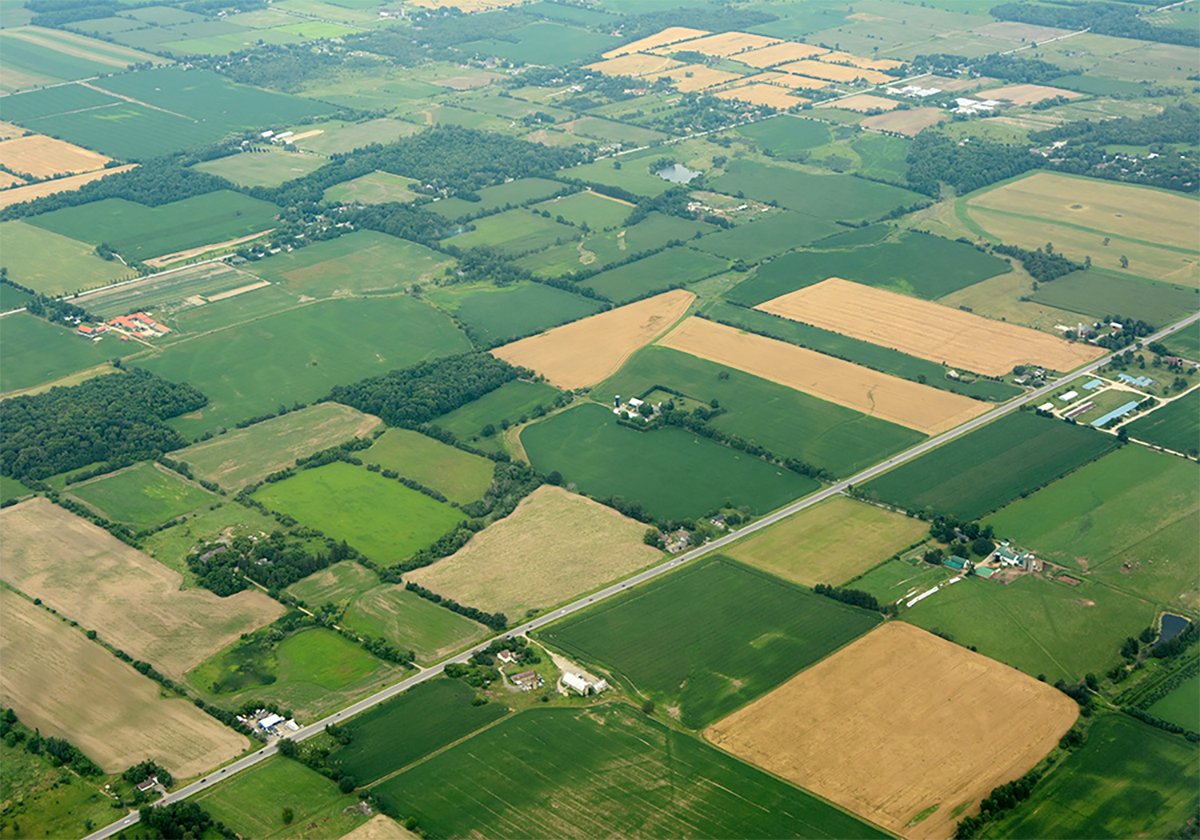Warnock is the author of The Politics of Hunger: The Global Food System, and a former teacher of rural sociology at the University of Regina.
The editorial in The Western Producer of Sept. 3 praises the critique advanced by Missouri farmer Blake Hurst of “agri-intellectuals” who are increasingly critical of the North American industrial food system.
Fair enough.
But the editors then go on to state that “the fact remains that our current system is incredibly efficient and largely responsible for the quality and quantity of food available to consumers.”
Read Also

Higher farmland taxes for investors could solve two problems
The highest education and health care land tax would be for landlords, including investment companies, with no family ties to the land.
Efficiency from this perspective has usually meant that technical and chemical changes in farming have allowed fewer farmers to feed more consumers. However, since the first oil crisis in 1973, scholars have become more aware of the dependence of industrial agriculture on a huge subsidy from non-renewable fossil fuel energy.
Traditionally, the very term “efficiency” has been linked to the effective use of energy. It is the ratio of energy produced by a system compared to the amount of energy required to make it run.
All life on earth depends on capturing energy from the sun through the process of photosynthesis by plants. In judging a food production system, it is necessary to measure the amount of kilocalories (kcal) used in the food system against the amount of energy consumed as food. The result is the standard energy-out energy-in ratio.
Research shows that the most efficient farming system has been the Asian wet-rice farmer. Traditionally, they produced an average of 50 kcal of energy for every one used in production.
Early food production systems, relying on human and animal power, were all efficient in this regard. Without this, there would have been no neolithic revolution that permitted the increase in human population.
This is not so in modern farming and food distribution systems. Some studies show grain production at the farm level can be energy efficient. But modern industrial production of eggs, poultry, hogs, milk and cattle are grossly inefficient. Worse yet is the production of fruits and vegetables.
While I can be accused of being an “agri-intellectual,” I also have personal experience in the field as a tree fruit grower in the Okanagan. Fruit production relies heavily on fossil fuels and farm machinery, manufactured fertilizers, a wide range of pesticides, as well as pumped irrigation.
From the time the fruit leaves the farm, it is held in refrigeration facilities at packing plants, truck and rail transportation over long distances, wholesale and retail outlets.
Additional energy is used in canning and freezing. How energy efficient is it to fly in fresh fruit from Chile or New Zealand in winter months?
Many of the current “agri-intellectuals,” like Michael Pollan, argue that things are going to have to change with the arrival of peak oil.
This is the major theme of Jeff Rubin’s widely read new book, Why Your World Is About to Get a Whole Lot Smaller.
Rubin, until recently chief economist at CIBC, argues that once the current great recession is over, we will see the price of oil go up quickly to well over $145 per barrel. He argues that we have no alternative but to develop a new system of local production of food, with less dependence on fossil fuels and smaller and more labour intensive operations.
In the North American industrial food system as it exists today, it takes about 10 kcal of energy to put one kcal of food energy on the dining room table.
As Norman Borlaug rightly noted, the North American food system is “an energy sink.” This will have to change.














